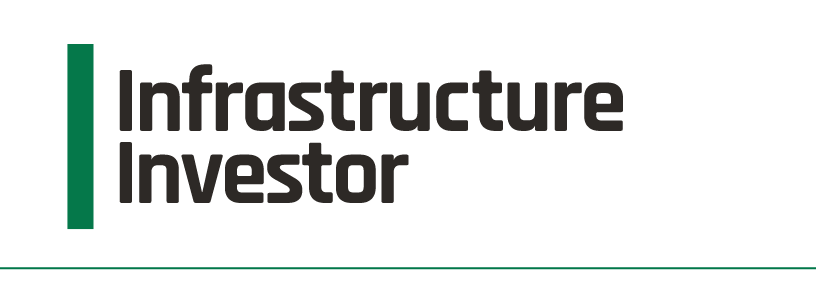Instar: The future of fibre
Instar’s Jack Bittan chats to Byron Cantrall, CEO of LS Networks, and Marc Hudson, co-founder and former CEO of Rocket Fiber, about the rapidly growing opportunity in the fibre sector
A verification email is on its way to you. Please check your spam or junk folder just in case.
If you do not receive this within five minutes, please try to sign in again. If the problem persists, please email: subscriptions@pei.group .Issues with signing in? Click here
Don't have an account? Register now
Instar’s Jack Bittan chats to Byron Cantrall, CEO of LS Networks, and Marc Hudson, co-founder and former CEO of Rocket Fiber, about the rapidly growing opportunity in the fibre sector


Nearly there!
A verification email is on its way to you. Please check your spam or junk folder just in case.
Copyright PEI Media
Not for publication, email or dissemination